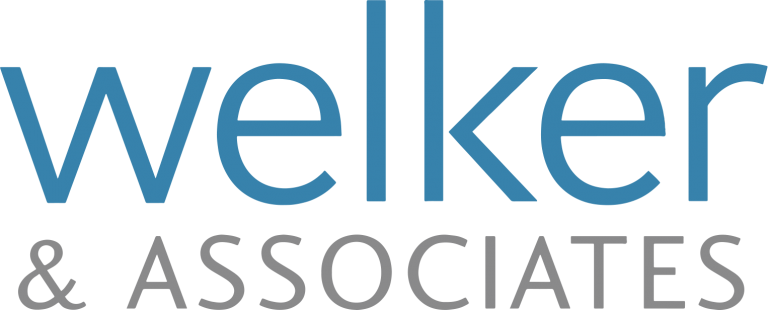When I was growing up, basically the only option you had as a high school graduate was to go to post-secondary school. For many people, that was the only option even if you didn’t know what you “wanted to be when you grew up”. The basic thinking was that if you had a degree, it showed that you were driven and that you could accomplish something. Many post-secondary graduates would then go into the workforce in an area that they weren’t even educated in. But it didn’t matter. They had a degree so it was expected that they would succeed.
Unfortunately, it seems like that is no longer the case. The workforce is much more cutthroat and it is becoming increasingly more difficult to begin a career straight out of college or university.
On top of that, if you have taken on student loans in order to get a degree or diploma, it is expected that you start making payments on those loans when you are six-months removed from being a student (so your first repayment will be at the end of the seventh month after leaving school). The problem is, many students are still struggling financially at this point. Some have landed in a very entry-level position with the hopes of moving up in ranks. But in the meantime, they are making the minimum. Others haven’t found a job in their “industry” yet so they are working part-time at a low paying gig while they search for a job that they desire. And for others, they are unemployed with zero income.
So, you can see why it’s important to know what you’re getting yourself into before you take out a student loan.
If you have graduated and find that you cannot pay your student loan, my advice is to seek help before you find yourself drowning in the cycle of debt.
Some solutions you can consider are:
Repayment Assistance Plan
If you are finding it difficult to make your monthly federal student loan payments, you are able to apply to have your financial situation reviewed. The government will assess what you are able to afford, based on factors such as income and family size, to contribute towards your student loan on a monthly basis. In some cases, borrowers may not have to make any student loan payments until their income increases. To complete your Repayment Assistance Plan application you will need to provide your Total Gross Monthly Family Income and if, applicable, your spouse/common-law partner’s Total Gross Monthly Family Income. You may also need to provide information on your government student loans. If you do not have this information on hand, you can still start and save your application, then return to it later. To find out how to file an application log onto your NSLSC account and review your Repayment Options.
Consumer Proposal
Most people who borrowed money to fund their education want to repay the debt; they just may need more time, or a more efficient plan, to do so. A consumer proposal allows you to negotiate to reduce the amount of debt you owe and consolidate the remaining outstanding debt into one manageable monthly payment. Student loan debt can only be included in a consumer proposal if you have been out of school for seven years. If that’s not the case, a consumer proposal may still be a viable option as it makes your monthly debt more manageable and may allow you to afford to pay your student loan payments.
Bankruptcy
If you’ve been out of school for seven years and are still having trouble taking control of your debt, you may consider filing for bankruptcy. In doing so, you will be discharged from your student loan debt.
If you haven’t been out of school for seven years, the same rule applies for bankruptcy as it does for a consumer proposal. Student loan debt cannot be included in a bankruptcy.
If you’re struggling with student loan debt, contact us today for a free, no-obligation consultation.



